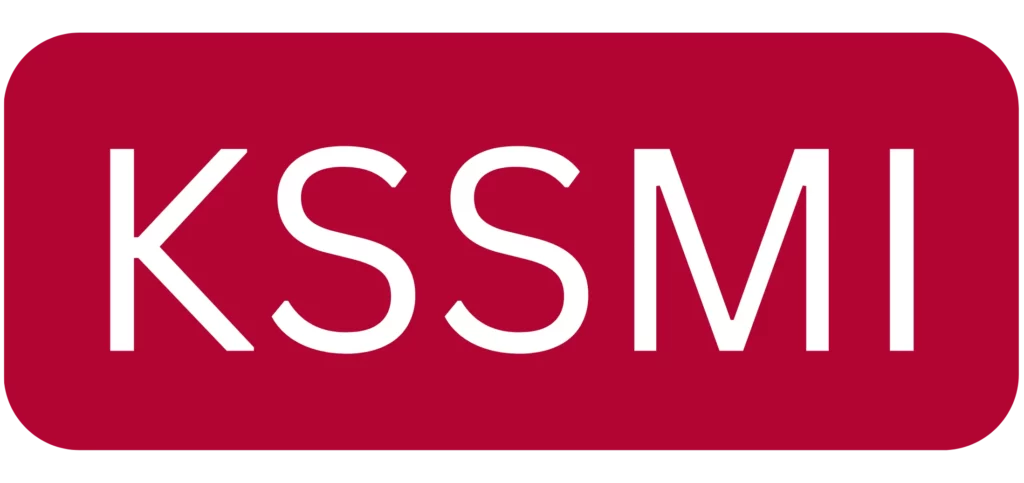A standard production calendar for premium handmade eyewear is 16 weeks (112 days) from purchase order (PO) placement to final delivery. This timeline includes design finalization and material sourcing (8 weeks), core manufacturing and fabrication (6 weeks), and finishing, assembly, and quality assurance (2 weeks). Mastering this schedule is essential for managing your investment and ensuring on-time delivery.
Why a 16-Week Forecast is the B2B Standard
Premium handmade eyewear manufacturing requires substantial lead times because of the intricate, manual processes required to deliver a superior product. This 16-week baseline represents the established best practice for reputable manufacturers. Unlike mass-produced frames from injection molds, handmade acetate frames demand individual CNC machining, a multi-stage tumbling process, and manual finishing techniques.
The extended timeline is a mark of quality. For example, every acetate frame must undergo a curing process at approximately 60°C for 7-10 days to ensure structural stability. This step prevents future warping, which directly translates to fewer warranty claims and protects your brand’s reputation. This is followed by a polishing process that can consume over 72 hours of continuous tumbling to achieve a high-luster finish.
Key Metric: Industry data shows that 85% of premium eyewear manufacturers quote 14-18 week delivery schedules for first-time orders, with 16 weeks being the median expectation.
The Critical Path: Milestones Impacting Cash Flow
Three milestones directly impact your business operations and require precise cash flow management. Delays at any of these points will disrupt your entire go-to-market strategy.
- 30% Deposit Milestone: Standard industry payment terms require 30% of the total order value upon PO placement. This deposit covers raw material procurement and secures your production slot. A delay in payment authorization can push your entire schedule back by 2-4 weeks.
- Design Lock Milestone: Your final design approval triggers material ordering and CNC programming. Any changes made after this point will add 2-6 weeks to the production schedule and may incur additional tooling costs of up to $300 per frame model.
- Pre-Shipment Balance: The remaining 70% payment is due before shipment. You must account for the 5-7 business days required for international wire transfers to process. Late payments will result in warehousing fees and delayed delivery.
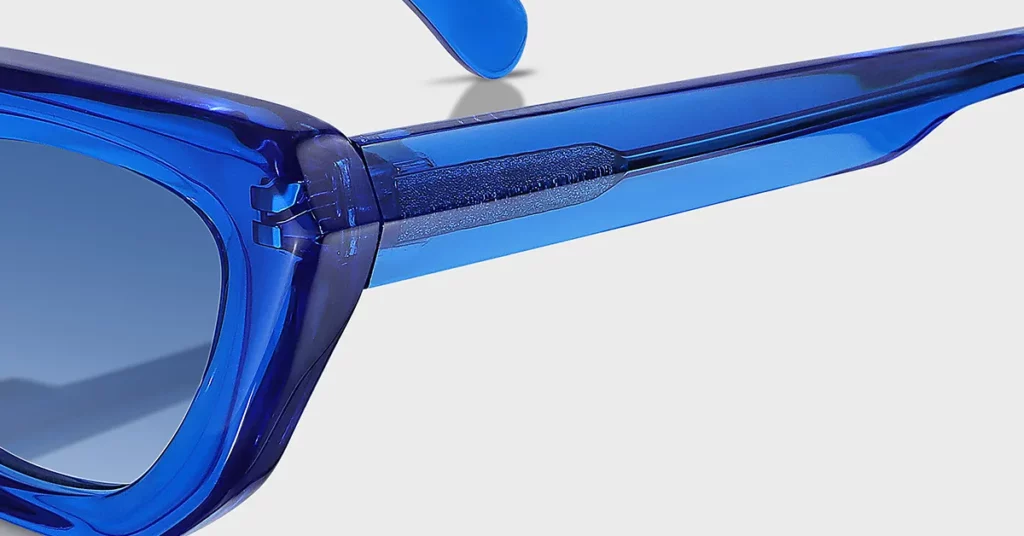
Phase 1: Pre-Production & Sourcing (Weeks 1-8)
Finalizing the Technical Package
Before engaging a manufacturer, successful brands invest 3-6 months in design development, which occurs outside the 16-week production timeline. This preliminary work is critical because it reduces revision cycles during manufacturing. Your goal is to produce a technical package with precise CAD drawings that specify all dimensions, tolerances, and material codes.
Industry standards specify different dimensional tolerances for metal versus acetate frames. Your technical drawings must be exact to prevent costly misunderstandings.
Metal Frame Tolerances:
- A position: ±0.2mm
- B position: ±0.2mm
- Center to center distance: ±0.33mm
- Distance between lenses: ±0.5mm
- Temple length: ±2mm
Acetate Frame Tolerances:
- A position: ±0.3mm
- B position: ±0.3mm
- Center to center distance: ±0.7mm
- Distance between lenses: ±0.5mm
- Temple length: ±2mm
Protecting Intellectual Property with an NDA
You must execute a Non-Disclosure Agreement (NDA) before sharing any detailed design files or proprietary specifications. An NDA is standard practice in international eyewear manufacturing and is a sign of a professional partnership.
Pro Tips: Execute a mutual NDA if you plan on sharing sensitive information about your own business processes or quality requirements. This protects both parties and demonstrates a commitment to a transparent, long-term relationship.
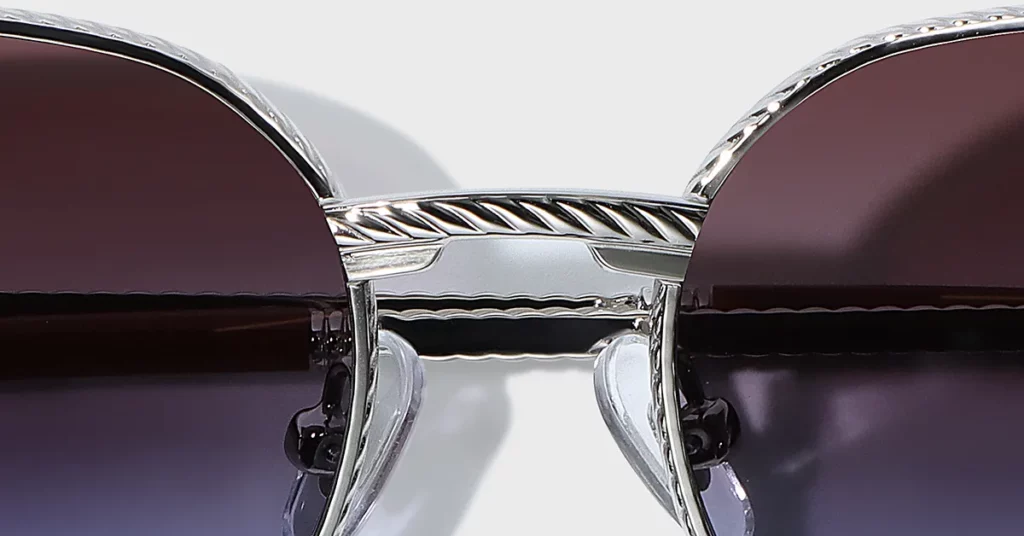
Raw Material Strategy: Acetate Sourcing
Your choice of acetate supplier is one of the most significant decisions you will make, as it dictates both your timeline and the perceived quality of your final product.
| Attribute | Mazzucchelli (Italy) | Chinese Suppliers (Jimei, Jinyu) |
| Lead Time | 60-90 Days | 30-45 Days |
| Brand Positioning | Premium; associated with luxury | Cost-effective; suitable for volume |
| Material Properties | Superior color depth & consistency | Good quality standards |
| Financial Impact | Higher material cost, higher brand value | Lower material cost, competitive pricing |
The Bottom Line: The quality difference impacts the entire product lifecycle. Mazzucchelli acetate offers superior color saturation and better aging characteristics. However, you must factor its extended 60-90 day lead time into your planning, which means ordering materials 4-6 weeks earlier than you would for Chinese alternatives.
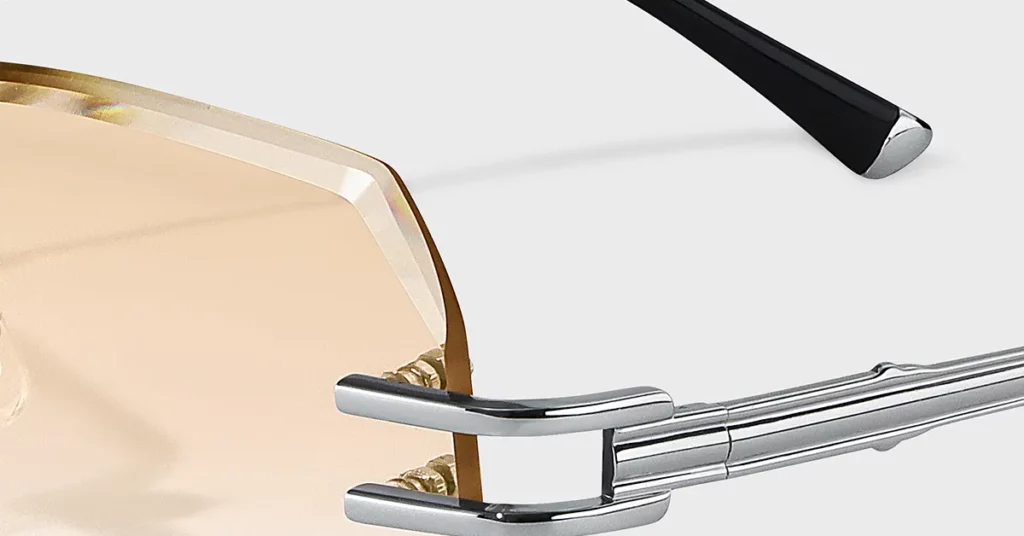
Prototyping & Approval: Validating the Design
The prototyping phase is where you validate your design before committing to the cost of mass production. This phase typically requires 2-4 weeks to accommodate feedback cycles and revisions.
- 3D-Printed Prototypes: Use rapid 3D printing for initial fit and form evaluation. A wearable prototype can be produced in 2-3 days, allowing you to quickly assess bridge width, temple length, and overall proportions.
- The “Golden Sample”: This is the definitive, full-spec prototype that establishes the standard for mass production. It uses the final materials and manufacturing processes. It becomes the reference standard for all subsequent quality control checks.
- The Feedback Cycle: Your B2B approval process often involves multiple stakeholders. You must allocate 2-4 weeks for internal reviews, revisions, and final sign-off. Each revision cycle can add 1-2 weeks to the total timeline.
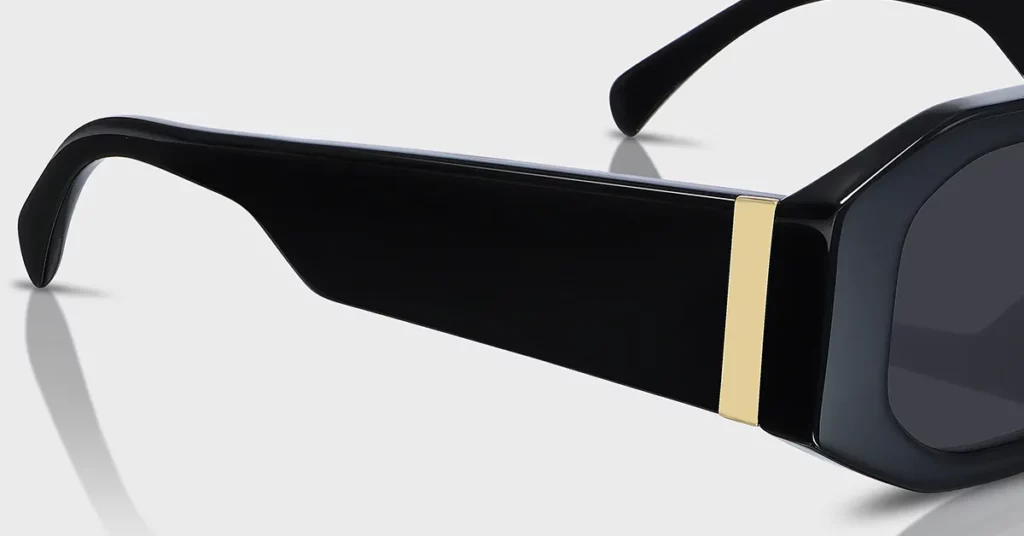
Phase 2: Core Manufacturing & Fabrication (Weeks 9-14)
Acetate Frame Fabrication
This is a multi-stage process that transforms raw acetate blocks into precisely sculpted frames.
- CNC Cutting (4-5 Days): Modern multi-axis CNC systems sculpt acetate blocks into your frame’s geometry. The process requires expert programming to optimize cutting paths and achieve precise dimensional tolerances. The quality of the CNC programming directly impacts the final product’s precision.
- The Curing Process (7-10 Days): This step is non-negotiable for quality. Raw acetate contains moisture, and the curing process removes it by baking frames at ~60°C. This prevents the warping and cracking that occurs in improperly cured frames 3-6 months after sale, which protects you from costly warranty claims.
- Final Machining & Shaping (3-4 Days): After curing, frames undergo a final machining pass. This is followed by bridge bumping, where the frame is heated and pressed to create the nose curve, and base curve setting, which ensures proper lens fit and optical performance.
Critical Warning: Manufacturers promising delivery schedules under 12 weeks are almost certainly compressing or skipping the acetate curing stage. This reduces their immediate costs but transfers an enormous quality risk directly to your brand and your customers.
Component Production & Complexity
While frames are being fabricated, components like custom hinges, wire cores, and decorative metal parts are produced in parallel.
You must understand that component complexity impacts your critical path. Standard components are often available from inventory, but custom parts may require an additional 2-4 weeks of lead time. Complex hinge designs or custom logos can extend component production by 1-3 weeks, so these elements must be identified early in your design process.
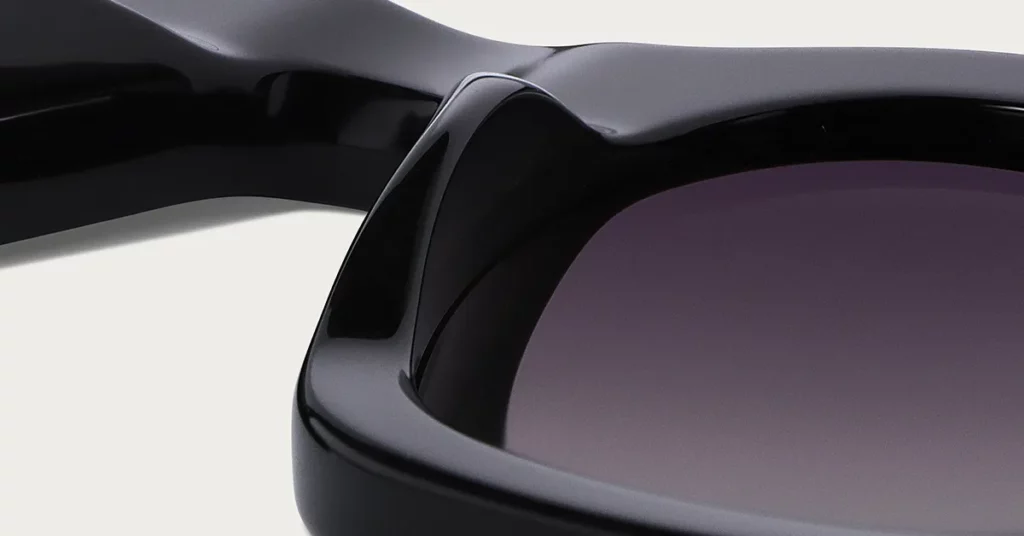
Phase 3: Finishing, Assembly & QA (Weeks 15-16+)
Achieving a Premium Surface Finish
The finish is what separates a standard product from a premium one. This is a meticulous, multi-day process.
- Stage 1: Tumbling (6-8 Days): This is the most critical surface finishing step. Frames are tumbled for up to 72 hours in chambers with specialized wood chips and polishing pastes. The process uses four sequential grades of media to remove CNC tool marks and create a uniform surface ready for polishing.
- Stage 2: Manual Polishing (5 Days): Skilled artisans use progressively finer polishing compounds on grinding wheels to achieve a flawless, high-gloss luster. Hand polishing addresses the tight corners and complex curves that automated tumbling cannot reach, creating the mirror-like finish that distinguishes premium handmade frames.
Final Assembly & Quality Control
Final assembly transforms components into a finished product. This includes hinge insertion using nylon-coated screws, temple adjustment for a comfortable fit, logo application, and the fitting of demo lenses.
Your quality control framework must be comprehensive and integrated throughout the process, not just at the end.
- In-Process QC: Conduct checks after curing, tumbling, and assembly to catch defects early. This prevents defective frames from moving to more expensive finishing stages and minimizes waste.
- Final Inspection (ISO 12870): The final inspection must be performed against ISO 12870 standards. This is an internationally recognized benchmark for eyewear quality that specifies requirements for dimensional stability, mechanical performance, and resistance to perspiration. Demand a full report from your manufacturer.
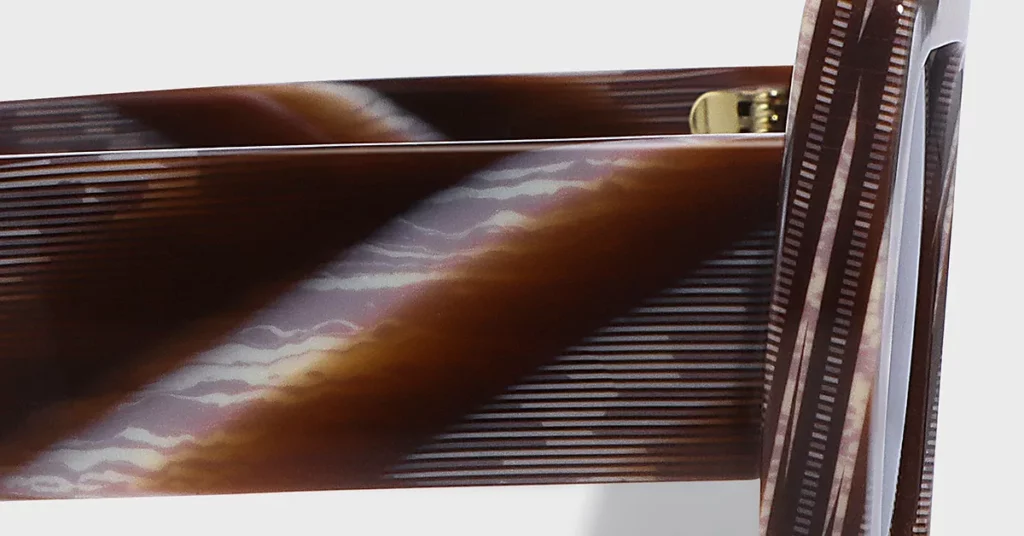
Vetting Partners & Mitigating Risk
Analyzing a Manufacturer’s Quoted Timeline
When evaluating a manufacturer’s quote, you must analyze their timeline for hidden gaps or unrealistic assumptions.
- Demand Capacity Documentation: Request current order backlogs and production schedules. A reputable manufacturer will provide a specific production start date, not a generic “2-3 weeks after PO.”
- Verify Raw Material Inventory: Ask about their acetate stock levels for your chosen materials. Pre-stocked materials can reduce your timeline by 2-4 weeks.
- Scrutinize Quality Control Processes: Manufacturers citing timelines under 12 weeks are often compressing or eliminating critical QC stages. You must verify that their quoted schedule includes full ISO 12870 compliance testing.
Planning for Supply Chain Disruptions
Global supply chain disruptions are now a standard operating reality. You must build buffer time into your calendar to protect your launch commitments.
- Chinese New Year (CNY) Impact: Factory closures during CNY will extend your timeline by 3-4 weeks. For CNY 2025 (Jan 29), expect factory shutdowns to begin in mid-January, with full capacity not resuming until late February. Plan accordingly.
- Material Shortages: Raw material shortages can add 4-8 weeks to production. Pre-booking materials mitigates this risk but requires an upfront investment.
- Shipping and Logistics: International shipping, customs, and port congestion can add 1-3 weeks to final delivery. Air freight is an option but will increase your costs by 300-500%.
Best Practice: Build 20-30% buffer time into your go-to-market calendar. This allows you to absorb unforeseen delays while maintaining your launch commitments to retail partners and customers.
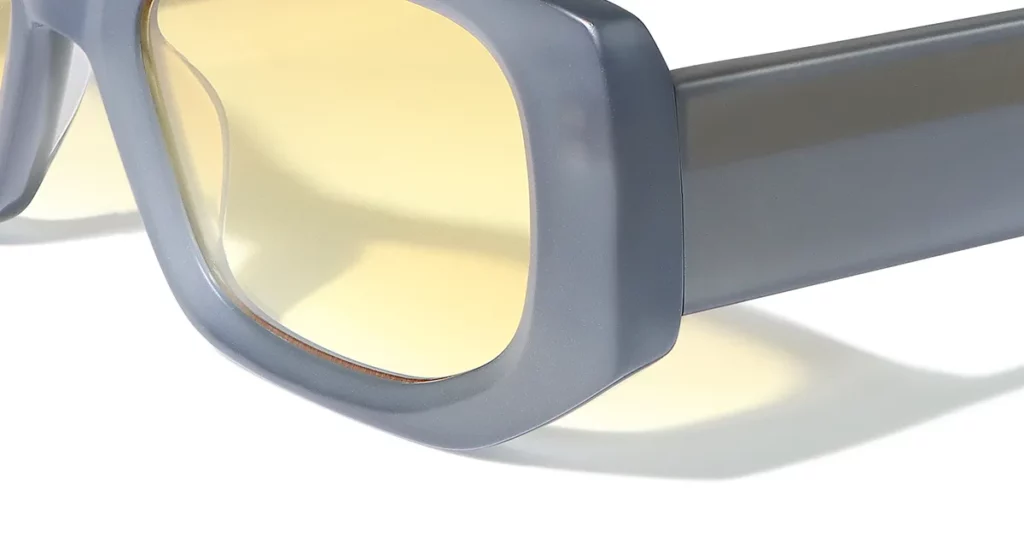
Conclusion
The 16-week production timeline is more than a schedule; it’s a diagnostic tool. It allows you to differentiate between partners who prioritize excellence and those who sacrifice quality for speed. By mastering this calendar, you take control of your investment, protect your brand’s reputation, and build the foundation for a successful and sustainable business. Demand transparency from your partners and use this knowledge to make sound financial decisions.
Frequently Asked Questions
1. How does choosing Chinese vs. Italian acetate affect my timeline?
The choice impacts your schedule by 4-6 weeks at the sourcing stage. Italian Mazzucchelli acetate requires a 60-90 day lead time due to high demand, while Chinese suppliers like Jimei deliver in 30-45 days. You must factor this initial lead time, which is separate from shipping, into your planning.
2. What QC checks are needed during the tumbling/polishing phase?
Demand documented inspection reports after each of the four tumbling stages. These reports should verify that frames spent the full prescribed time in the tumblers (e.g., 72 hours total) and include photographic evidence of the surface progression. This ensures a consistent, high-quality finish.
3. How much buffer time should I add for a complex, laminated design?
Add an additional 2-4 weeks for complex laminated acetate designs. The process adds time to CNC machining, curing, and quality control. The rejection rate for these complex designs is also higher, which may require additional time for remanufacturing.
4. What is the most critical document to finalize before payment?
Beyond the NDA, the golden sample approval document is the most critical. This document, along with a detailed purchase order, locks in all quality standards, material specifications, and dimensional tolerances for mass production and serves as your reference in any potential dispute.
5. How can I verify a manufacturer’s claim about acetate curing time? Request photographic or video evidence of their curing ovens, including temperature logs from recent production runs. The primary risk of rushed curing is long-term product failure; frames may warp or crack 3-6 months after sale, leading to costly warranty claims and significant damage to your brand’s reputation.
